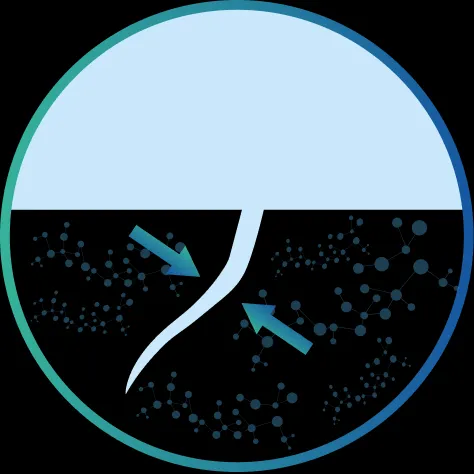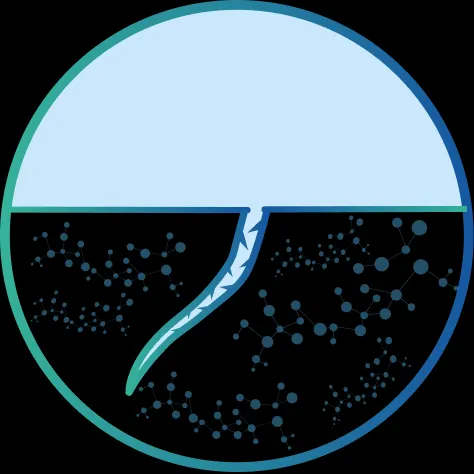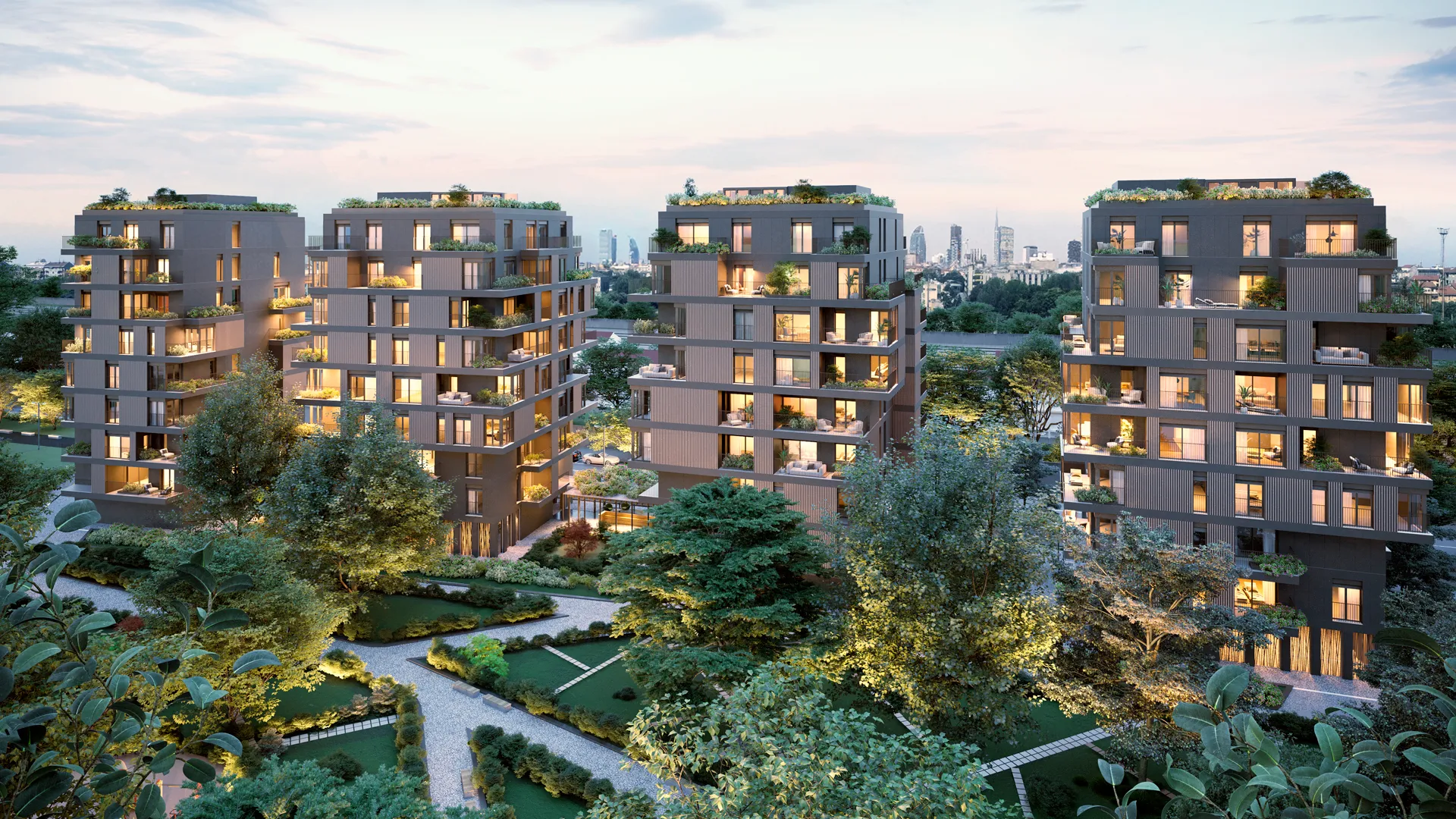Waterproofing of outdoor pavements
Outdoor pavements are daily exposed to complex and often aggressive environmental conditions. Rain, frost, humidity, chemical substances and vehicular traffic put the durability of concrete to the test. In this context, waterproofing is not only a preventive measure, but a real investment for the longevity and functionality of surfaces.













concrete

Concrete: resistant but vulnerable
Despite its apparent solidity and robustness, concrete is an intrinsically porous material. This characteristic makes it capable of absorbing a variety of substances, including water, oils, fuels and de-icing salts.
The absorption of these elements can have significant effects in the long term. They penetrate the structure and cause damage, which can manifest both aesthetically and structurally.
Aesthetic damage can include the formation of stains, halos and discolorations on the concrete surface, compromising the visual appearance of the structures. These defects can make buildings and infrastructures less attractive and, in some cases, can reduce the commercial value of the property.
On the other hand, structural damage is often more serious and can compromise the integrity of the entire structure. Absorbed water, for example, can cause freezing and thawing, leading to cracks and fissures in the concrete.
Furthermore, de-icing salts are often used on roads in winter. These salts can accelerate deterioration and react with the concrete.
This causes corrosion of the steel reinforcements, consequently weakening the structure.

The most frequent causes of concrete deterioration include:
1. Humidity and water infiltration: Water is a major enemy of concrete. Infiltration can occur due to heavy rains, flooding or humidity. Water entering the concrete can cause oxidation of the reinforcements and promote the growth of mold and fungi.
2. Freeze-thaw cycles: In cold climates, water inside concrete can freeze. When it freezes, it expands and causes cracking. When the ice melts, the water re-enters, creating a damaging cycle that leads to continuous deterioration.
3. Reinforcement corrosion: Steel bars reinforce the concrete. They can oxidize due to humidity and salts. Steel oxidation causes an increase in volume, which can generate cracks in the surrounding concrete, thus compromising the stability of the structure.
4. Chemical attack: Strong chemical substances, such as acids or salts, can damage concrete, causing chemical deterioration. This type of attack can reduce the strength and durability of the material.
5. Mechanical stresses: Concrete undergoes loads and stresses that can cause cracking and subsidence. These stresses can arise from ground movements, vibrations, or excessively heavy loads.
6. Inadequate design and construction: Errors in the design or mixing of concrete can reduce the quality of the material, making it more vulnerable to damage. It is important to follow standards and best practices to ensure the durability of concrete structures.
In conclusion, concrete is a widely used material for its strength. However, it is important to consider its weaknesses. We must take measures to protect it from external agents and deteriorating factors.
Regular maintenance is essential. Using waterproofing techniques can help extend the life of concrete structures, protecting both their appearance and functionality.

Advanced solutions for complete protection
New water-based technologies now allow concrete to be protected in depth without altering its aesthetics. Unlike traditional surface coatings, these treatments do not form films that can deteriorate over time, but act by penetrating the pores and micro-cracks of the material.
An effective waterproofing system for external paving should:
- Penetrate deeply into the concrete
- Seal pores and micro-cracks up to 0.5 mm
- Be breathable, to avoid trapping residual moisture
- Withstand thermal shock (from -30 °C to +80 °C)
- Protect against oils, fuels and aggressive chemical agents
- Not alter the appearance of the surface
- Be environmentally friendly, solvent-free and VOC-free
A technology that activates with moisture
The most advanced solutions do not simply form an external protective layer, but react directly with the cementitious compounds present in the concrete. This interaction creates an active internal barrier that reactivates each time new moisture is detected, offering continuous protection over time.

The professional solution: DRYSEAL ULTRA
DRYSEAL ULTRA stands out in this scenario as an extremely versatile and cutting-edge waterproofing agent, specifically designed to ensure long-lasting and effective protection for concrete structures.
Crystallizing technology is essential to ensure deep and lasting protection.
When DRYSEAL ULTRA is applied to concrete, its chemical formula penetrates deeply, reaching micro-cracks and porosities in the material. In this way, it reacts with moisture and cement by-products, forming hygroscopic crystals.
These crystals form within the concrete and act as a natural sealant, blocking the passage of water and preventing infiltration and structural damage.
In addition to the crystallizing technology, DRYSEAL ULTRA also incorporates an impregnating function. This feature allows the product to penetrate further into the concrete, improving its water resistance and increasing the durability of the structure.
The impregnation protects the concrete from moisture and helps to maintain the material over time, reducing the risk of damage from weather conditions and aggressive chemicals.
Finally, DRYSEAL ULTRA creates a surface barrier that repels water, preventing it from accumulating on the concrete surface. This is particularly useful in environments exposed to heavy rainfall or adverse weather conditions, where water can cause significant damage.
In summary, DRYSEAL ULTRA represents an innovation in the field of waterproofing materials, offering multi-functional protection that meets the needs of professionals and companies in the construction industry. Its application not only improves the performance of concrete, but also helps to ensure the safety and sustainability of buildings in the long term.
DRYSEAL ULTRA offers:
- Active and permanent protection from water and chemical agents
- Superior resistance to chlorides, sulphates, oils and fuels
- Effectiveness against freeze/thaw cycles and carbonation
- Autonomous reactivation in the presence of new moisture
- Sealing of cracks up to 0.5 mm
- No alteration of the substrate's aesthetic appearance.
- Environmental safety: Non-toxic product, VOC-free, certified for contact with drinking water.
A single application can increase the durability, resistance and sustainability of external surfaces, drastically reducing maintenance interventions over time.

Do you want to enhance and protect your outdoor pavements?
Discover how DRYSEAL ULTRA can make a difference in protecting courtyards, sidewalks, parking lots and other concrete surfaces. Contact us for a dedicated technical consultation or to receive more information on the product best suited to your project.

MLN
waterproofed
%
%
footprint














